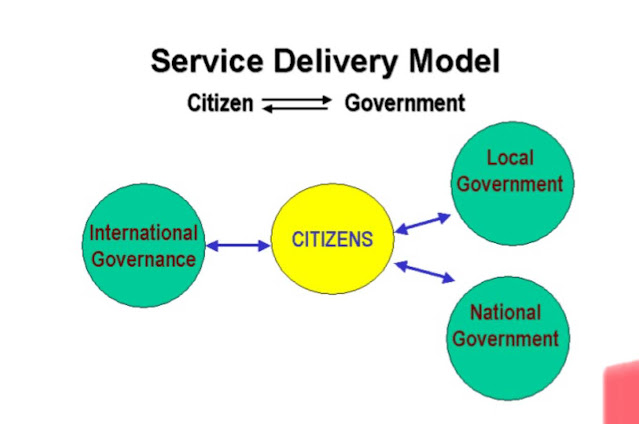How can we use the data warehouse and data mining concept in census data. Discuss
.png)
Datawarehouse and data mining in Census Data The registered general and census commissions of India decennially compile information of all individuals, villages, population groups, etc. This information is wide-ranging such as the individual slip, a compilation of information on individual households of which a database of 5%. The sample is maintained for analysis . Data mining can be performed for analysis and knowledge discovery. A village-level database was originally developed by the national informatics center at Hyderabad under the general information services terminal of the national informatics center (GISTNIC) for the 1999 census. Primary census abstract and village amenities. Subsequently, a data warehouse was also developed for village amenities in Tamil Nadu. This enables multi-dimensional analysis of the village-level data in such as education, health, and infrastructure. As the census compilation is performed once in ten years, the data is quasi-static and ther...


